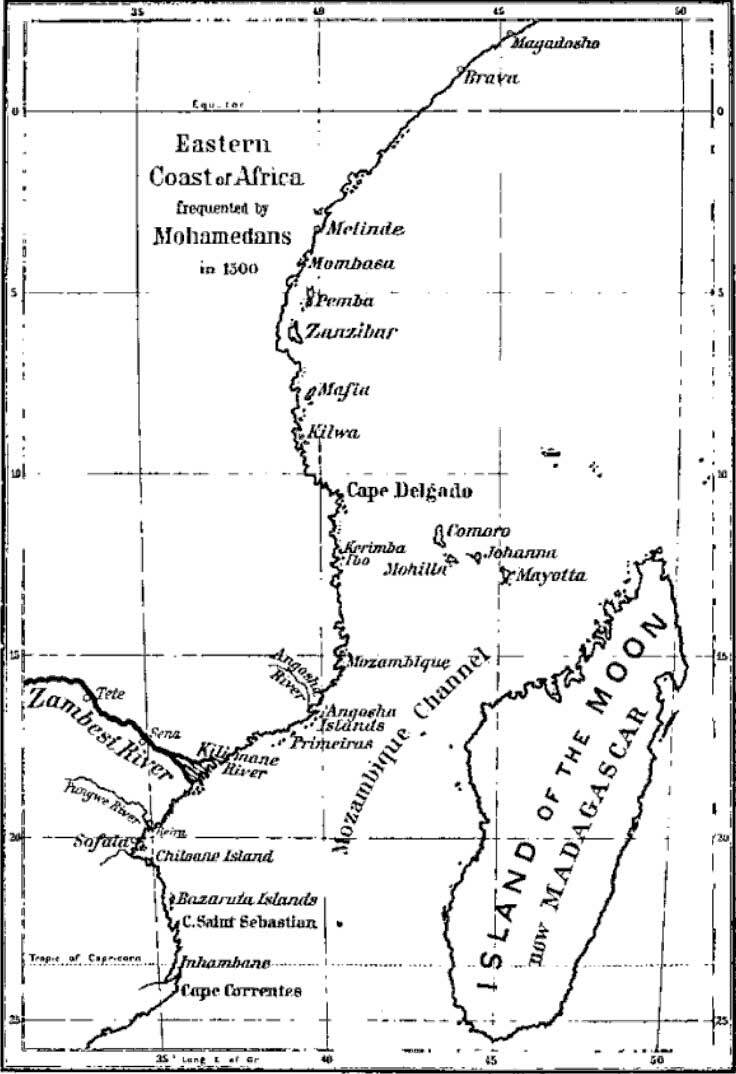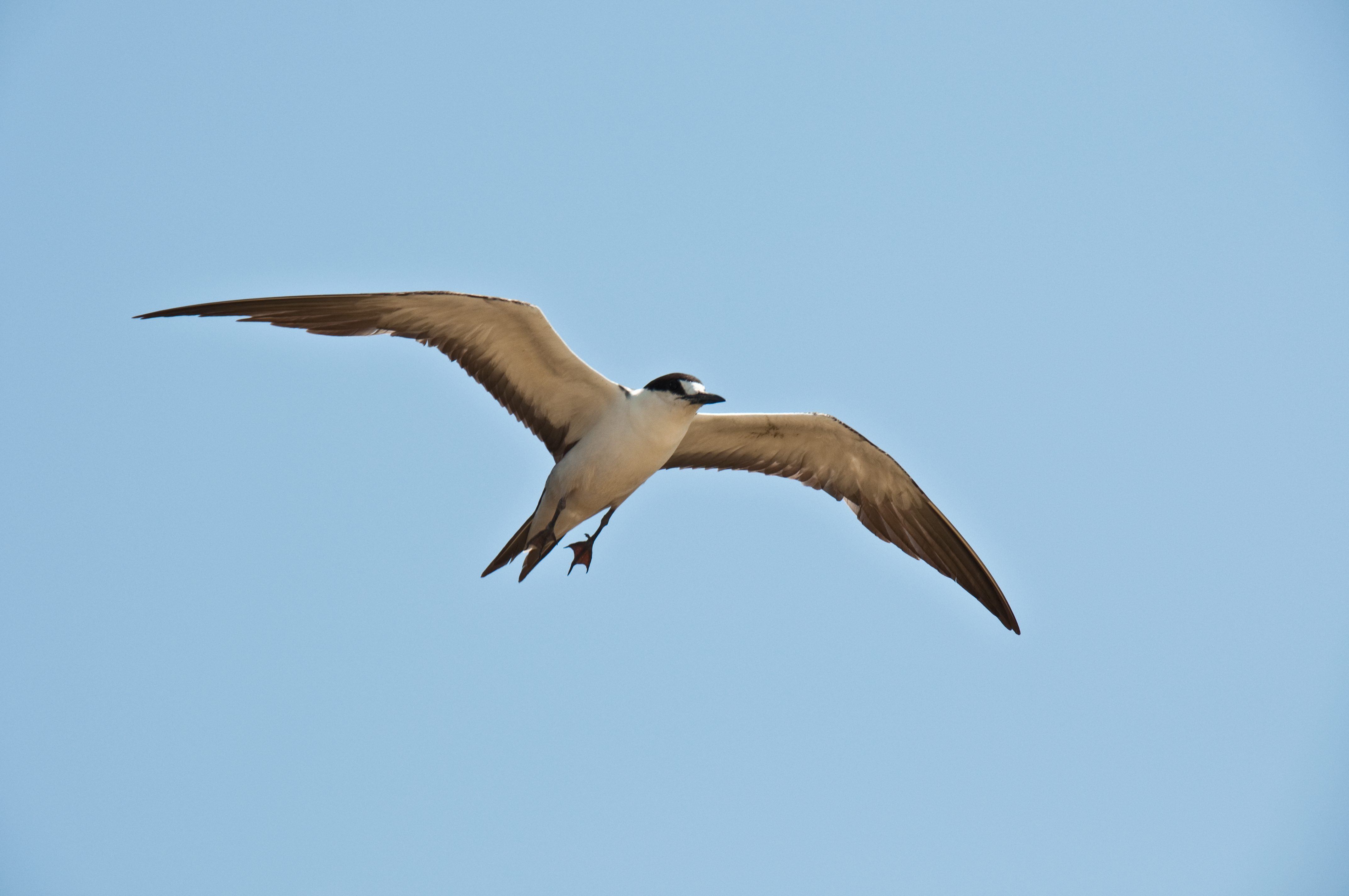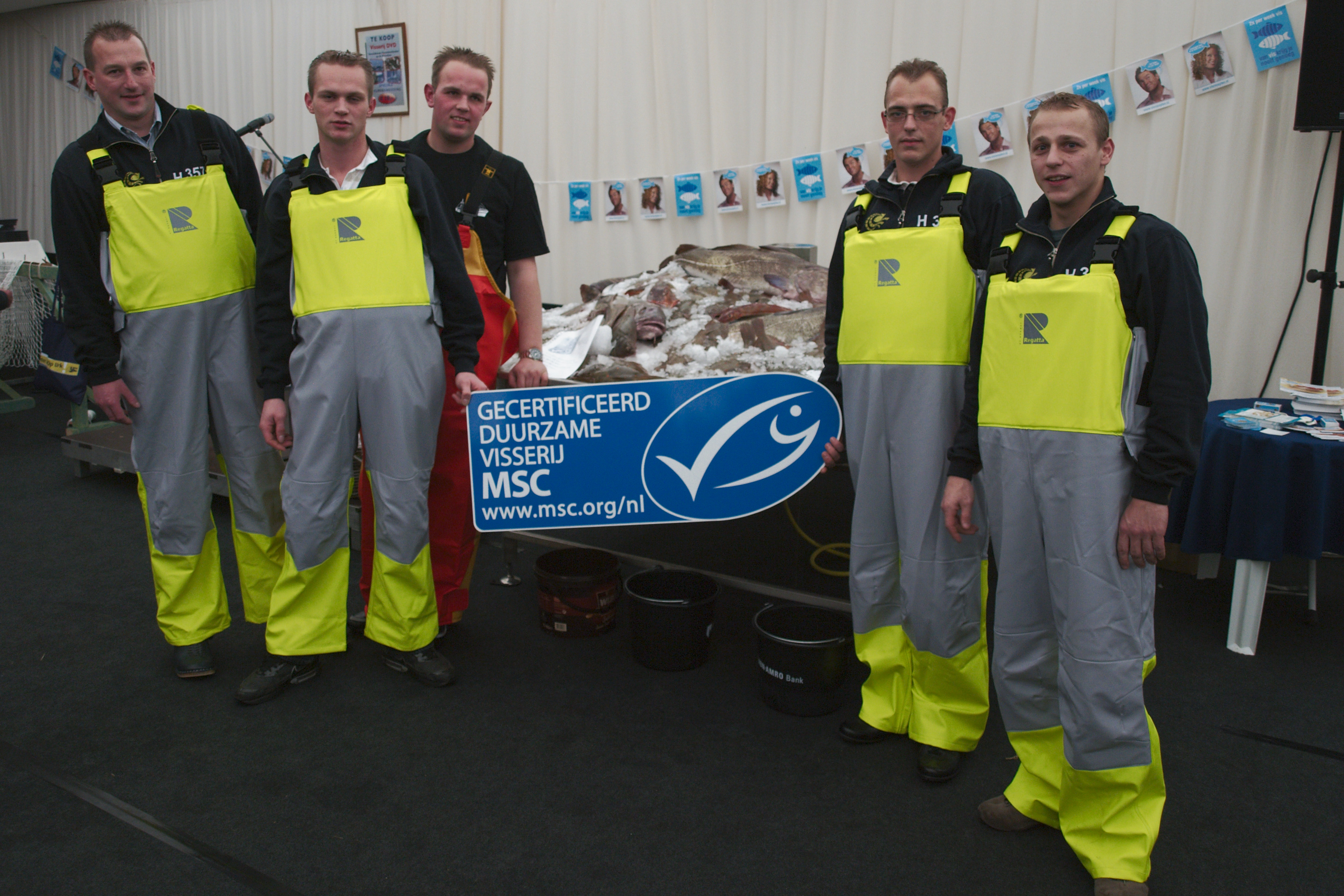|
Primeiras And Segundas Archipelago
The Primeiras and Segundas Archipelago is a chain of 10 sparsely inhabited barrier islands and two coral reef complexes situated in the Indian Ocean off the coast of Mozambique and near the coastal city of Angoche. The islands lie in two groups along the western side of the Mozambique Channel. Description The islands lie in a string along Africa's continental shelf. The five Segundas islands are in the north, separated by a stretch of open water and reefs from the five islands of the Primeiras chain to the south. The eastern sides of the islands are fringed with coral reefs, composed mainly of soft corals, with hard corals at their southern edges. Beds of seagrass are situated between the islands and the mainland, which are important habitat for sea turtles and dugongs. The southern islands support Mozambique's largest nesting grounds for green sea turtles, and hawksbill sea turtle also use the beaches. The archipelago also hosts the most important dugong population in the western ... [...More Info...] [...Related Items...] OR: [Wikipedia] [Google] [Baidu] |
Coral Reef
A coral reef is an underwater ecosystem characterized by reef-building corals. Reefs are formed of colonies of coral polyps held together by calcium carbonate. Most coral reefs are built from stony corals, whose polyps cluster in groups. Coral belongs to the class Anthozoa in the animal phylum Cnidaria, which includes sea anemones and jellyfish. Unlike sea anemones, corals secrete hard carbonate exoskeletons that support and protect the coral. Most reefs grow best in warm, shallow, clear, sunny and agitated water. Coral reefs first appeared 485 million years ago, at the dawn of the Early Ordovician, displacing the microbial and sponge reefs of the Cambrian. Sometimes called ''rainforests of the sea'', shallow coral reefs form some of Earth's most diverse ecosystems. They occupy less than 0.1% of the world's ocean area, about half the area of France, yet they provide a home for at least 25% of all marine species, including fish, mollusks, worms, crustaceans, echinoderms, sp ... [...More Info...] [...Related Items...] OR: [Wikipedia] [Google] [Baidu] |
Vasco Da Gama
Vasco da Gama, 1st Count of Vidigueira (; ; c. 1460s – 24 December 1524), was a Portuguese explorer and the first European to reach India by sea. His initial voyage to India by way of Cape of Good Hope (1497–1499) was the first to link Europe and Asia by an ocean route, connecting the Atlantic and the Indian oceans. This is widely considered a milestone in world history, as it marked the beginning of a sea-based phase of global multiculturalism. Da Gama's discovery of the sea route to India opened the way for an age of global imperialism and enabled the Portuguese to establish a long-lasting colonial empire along the way from Africa to Asia. The violence and hostage-taking employed by da Gama and those who followed also assigned a brutal reputation to the Portuguese among India's indigenous kingdoms that would set the pattern for western colonialism in the Age of Exploration. Traveling the ocean route allowed the Portuguese to avoid sailing across the highly disputed Medit ... [...More Info...] [...Related Items...] OR: [Wikipedia] [Google] [Baidu] |
Sooty Tern
The sooty tern (''Onychoprion fuscatus'') is a seabird in the family Laridae. It is a bird of the tropical oceans, returning to land only to breed on islands throughout the equatorial zone. Taxonomy The sooty tern was described by Carl Linnaeus in 1766 as ''Sterna fuscata'', bearing this name for many years until the genus ''Sterna'' was split up. It is now known as ''Onychoprion fuscatus''. The genus name is from ancient Greek , "claw" or "nail", and , "saw". The specific ''fuscatus'' is Latin for "dark". Colloquially, it is known as the wideawake tern or just wideawake. This refers to the incessant calls produced by a colony of these birds, as does the Hawaiian name ''ʻewa ʻewa'' which roughly means "cacophony". In most of Polynesia its name is ''manutara'' or similar – literally "tern-bird", though it might be better rendered in English as "the tern" or "common tern". This refers to the fact that wherever Polynesian seafarers went on their long voyages, they usuall ... [...More Info...] [...Related Items...] OR: [Wikipedia] [Google] [Baidu] |
World Wide Fund For Nature
The World Wide Fund for Nature Inc. (WWF) is an international non-governmental organization founded in 1961 that works in the field of wilderness preservation and the reduction of human impact on the environment. It was formerly named the World Wildlife Fund, which remains its official name in Canada and the United States. WWF is the world's largest conservation organization, with over five million supporters worldwide, working in more than 100 countries and supporting around 3,000 conservation and environmental projects. They have invested over $1 billion in more than 12,000 conservation initiatives since 1995. WWF is a foundation with 65% of funding from individuals and bequests, 17% from government sources (such as the World Bank, DFID, and USAID) and 8% from corporations in 2020. WWF aims to "stop the degradation of the planet's natural environment and to build a future in which humans live in harmony with nature." The Living Planet Report has been published every two ye ... [...More Info...] [...Related Items...] OR: [Wikipedia] [Google] [Baidu] |
CARE (relief Agency)
CARE (Cooperative for Assistance and Relief Everywhere, formerly Cooperative for American Remittances to Europe) is a major international humanitarian agency delivering emergency relief and long-term international development projects. Founded in 1945, CARE is nonsectarian, impartial, and non-governmental. It is one of the largest and oldest humanitarian aid organizations focused on fighting global poverty. In 2019, CARE reported working in 104 countries, supporting 1,349 poverty-fighting projects and humanitarian aid projects, and reaching over 92.3 million people directly and 433.3 million people indirectly. CARE's programmes in the developing world address a broad range of topics including emergency response, food security, water and sanitation, economic development, climate change, agriculture, education, and health. CARE also advocates at the local, national, and international levels for policy change and the rights of poor people. Within each of these areas, CARE focuses on ... [...More Info...] [...Related Items...] OR: [Wikipedia] [Google] [Baidu] |
Illegal, Unreported And Unregulated Fishing
Illegal, unreported and unregulated fishing (IUU) is an issue around the world. Fishing industry observers believe IUU occurs in most fisheries, and accounts for up to 30% of total catches in some important fisheries. Illegal fishing takes place when vessels or harvesters operate in violation of the laws of a fishery. This can apply to fisheries that are under the jurisdiction of a coastal state or to high seas fisheries regulated by regional fisheries management organisations (RFMO). According to the UN Food and Agriculture Organization (FAO), Fisheries and Aquaculture Department, illegal fishing has caused losses estimated at US$23 billion per year. Unreported fishing is fishing that has been unreported or misreported to the relevant national authority or RFMO, in contravention of applicable laws and regulations. Unregulated fishing generally refers to fishing by vessels without nationality, vessels flying the flag of a country not party to the RFMO governing that fishing a ... [...More Info...] [...Related Items...] OR: [Wikipedia] [Google] [Baidu] |
Mozambican War Of Independence
The Mozambican War of Independence ( pt, Guerra da Independência de Moçambique, 'War of Independence of Mozambique') was an armed conflict between the guerrilla forces of the Mozambique Liberation Front or FRELIMO () and Portugal. The war officially started on September 25, 1964, and ended with a ceasefire on September 8, 1974, resulting in a negotiated independence in 1975. Portugal's wars against guerrilla fighters seeking independence in its 400-year-old African territories began in 1961 with Angola. In Mozambique, the conflict erupted in 1964 as a result of unrest and frustration amongst many indigenous Mozambican populations, who perceived foreign rule as exploitation and mistreatment, which served only to further Portuguese economic interests in the region. Many Mozambicans also resented Portugal's policies towards indigenous people, which resulted in discrimination and limited access to Portuguese-style education and skilled employment. As successful self-deter ... [...More Info...] [...Related Items...] OR: [Wikipedia] [Google] [Baidu] |
Cape Of Good Hope
The Cape of Good Hope ( af, Kaap die Goeie Hoop ) ;''Kaap'' in isolation: pt, Cabo da Boa Esperança is a rocky headland on the Atlantic coast of the Cape Peninsula in South Africa. A common misconception is that the Cape of Good Hope is the southern tip of Africa, based on the misbelief that the Cape was the dividing point between the Atlantic and Indian oceans, and have nothing to do with north or south. In fact, by looking at a map, the southernmost point of Africa is Cape Agulhas about to the east-southeast. The currents of the two oceans meet at the point where the warm-water Agulhas current meets the cold-water Benguela current and turns back on itself. That oceanic meeting point fluctuates between Cape Agulhas and Cape Point (about east of the Cape of Good Hope). When following the western side of the African coastline from the equator, however, the Cape of Good Hope marks the point where a ship begins to travel more eastward than southward. Thus, the first mode ... [...More Info...] [...Related Items...] OR: [Wikipedia] [Google] [Baidu] |
Portuguese India Armadas
The Portuguese Indian Armadas ( pt, Armadas da Índia) were the fleets of ships funded by the Crown of Portugal, and dispatched on an annual basis from Kingdom of Portugal, Portugal to Portuguese India, India. The principal destination was Portuguese in Goa and Bombay-Bassein, Goa, and previously Portuguese Cochin, Cochin. These armadas undertook the ''Carreira da Índia'' ('India Run') from Portugal, following the maritime discovery of the Cape route, to the Indian Subcontinent by Vasco da Gama in 1497–99. During the Dutch Malabar, Dutch occupation of Cochin and the Battle_of_Goa_(1638), Dutch siege of Goa, the harbour of ''Bom Bahia'', now known as Mumbai (Bombay), off the coast of the northern Konkan region, served as the standard diversion for the Naval fleet, armadas. The India run For a long time after its discovery by Vasco da Gama, the sea route to India via the Cape of Good Hope was dominated by the Portuguese Indian armada – the annual fleet dispatched from Portug ... [...More Info...] [...Related Items...] OR: [Wikipedia] [Google] [Baidu] |
East Africa, C
East or Orient is one of the four cardinal directions or points of the compass. It is the opposite direction from west and is the direction from which the Sun rises on the Earth. Etymology As in other languages, the word is formed from the fact that east is the direction where the Sun rises: ''east'' comes from Middle English ''est'', from Old English ''ēast'', which itself comes from the Proto-Germanic *''aus-to-'' or *''austra-'' "east, toward the sunrise", from Proto-Indo-European *aus- "to shine," or "dawn", cognate with Old High German ''*ōstar'' "to the east", Latin ''aurora'' 'dawn', and Greek ''ēōs'' 'dawn, east'. Examples of the same formation in other languages include Latin oriens 'east, sunrise' from orior 'to rise, to originate', Greek ανατολή anatolé 'east' from ἀνατέλλω 'to rise' and Hebrew מִזְרָח mizraḥ 'east' from זָרַח zaraḥ 'to rise, to shine'. ''Ēostre'', a Germanic goddess of dawn, might have been a personification ... [...More Info...] [...Related Items...] OR: [Wikipedia] [Google] [Baidu] |
Indian Ocean
The Indian Ocean is the third-largest of the world's five oceanic divisions, covering or ~19.8% of the water on Earth's surface. It is bounded by Asia to the north, Africa to the west and Australia to the east. To the south it is bounded by the Southern Ocean or Antarctica, depending on the definition in use. Along its core, the Indian Ocean has some large marginal or regional seas such as the Arabian Sea, Laccadive Sea, Bay of Bengal, and Andaman Sea. Etymology The Indian Ocean has been known by its present name since at least 1515 when the Latin form ''Oceanus Orientalis Indicus'' ("Indian Eastern Ocean") is attested, named after Indian subcontinent, India, which projects into it. It was earlier known as the ''Eastern Ocean'', a term that was still in use during the mid-18th century (see map), as opposed to the ''Western Ocean'' (Atlantic Ocean, Atlantic) before the Pacific Ocean, Pacific was surmised. Conversely, Ming treasure voyages, Chinese explorers in the Indian Oce ... [...More Info...] [...Related Items...] OR: [Wikipedia] [Google] [Baidu] |
Scrubland
Shrubland, scrubland, scrub, brush, or bush is a plant community characterized by vegetation dominance (ecology), dominated by shrubs, often also including grasses, Herbaceous plant, herbs, and geophytes. Shrubland may either occur naturally or be the result of human activity. It may be the mature vegetation type in a particular region and remain stable over time, or a transitional community that occurs temporarily as the result of a disturbance, such as fire. A stable state may be maintained by regular natural disturbance such as fire or browsing (predation), browsing. Shrubland may be unsuitable for human habitation because of the danger of fire. The term was coined in 1903. Shrubland species generally show a wide range of adaptations to fire, such as heavy seed production, lignotubers, and fire-induced germination. Botanical structural form In botany and ecology a shrub is defined as a much-branched woody plant less than 8 m high and usually with many Plant stem, stems. T ... [...More Info...] [...Related Items...] OR: [Wikipedia] [Google] [Baidu] |








